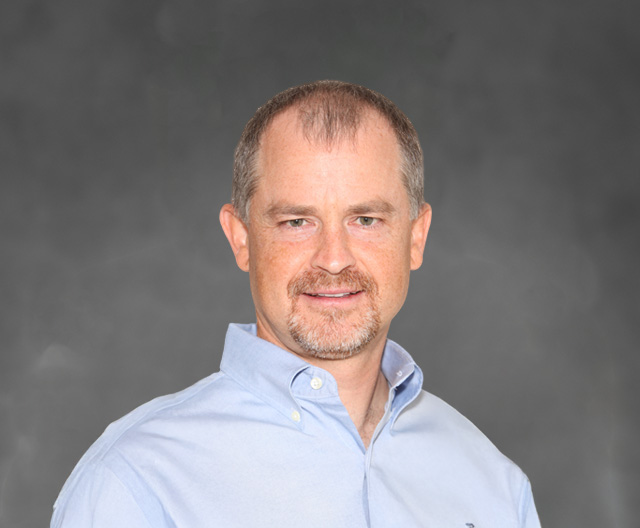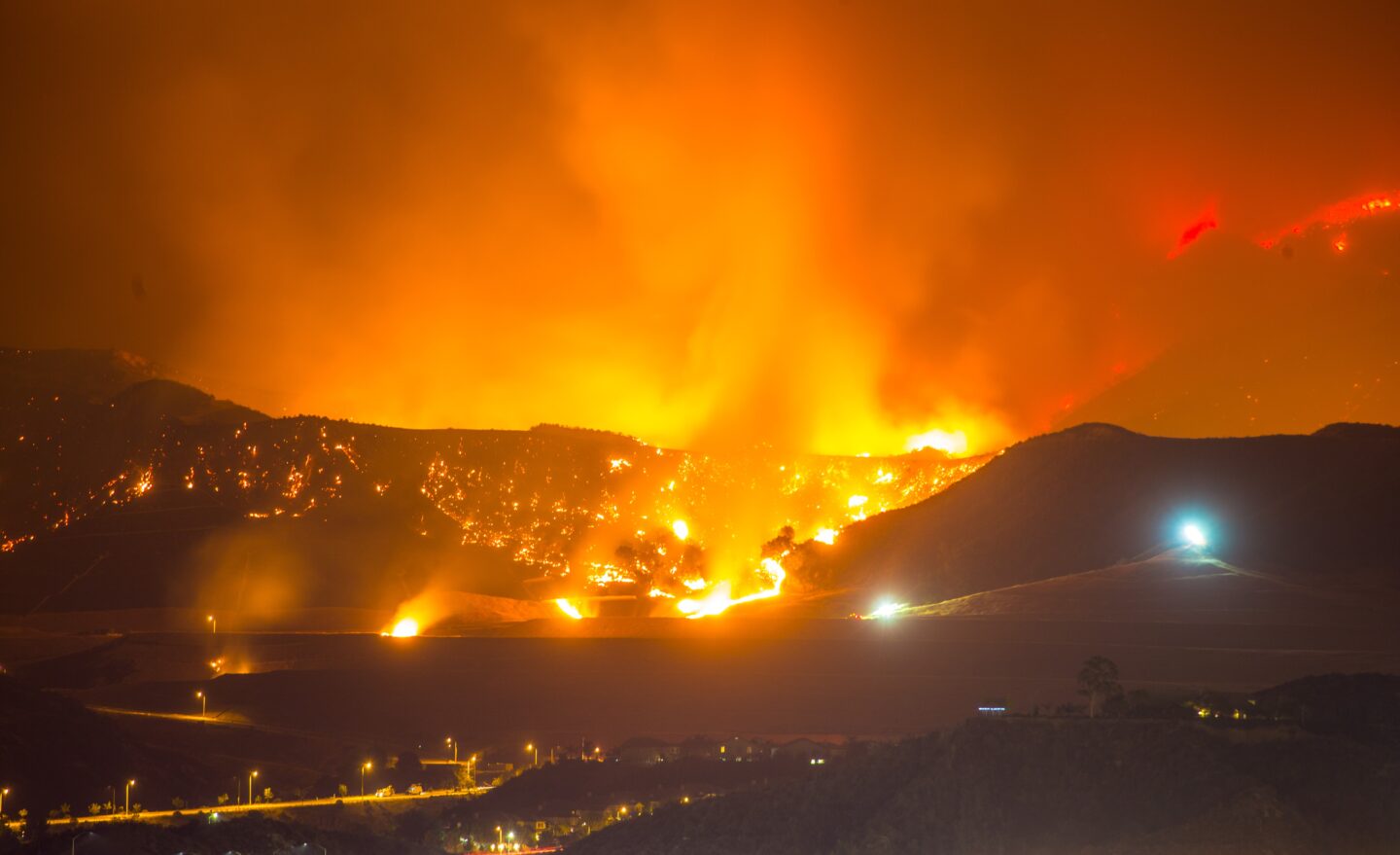
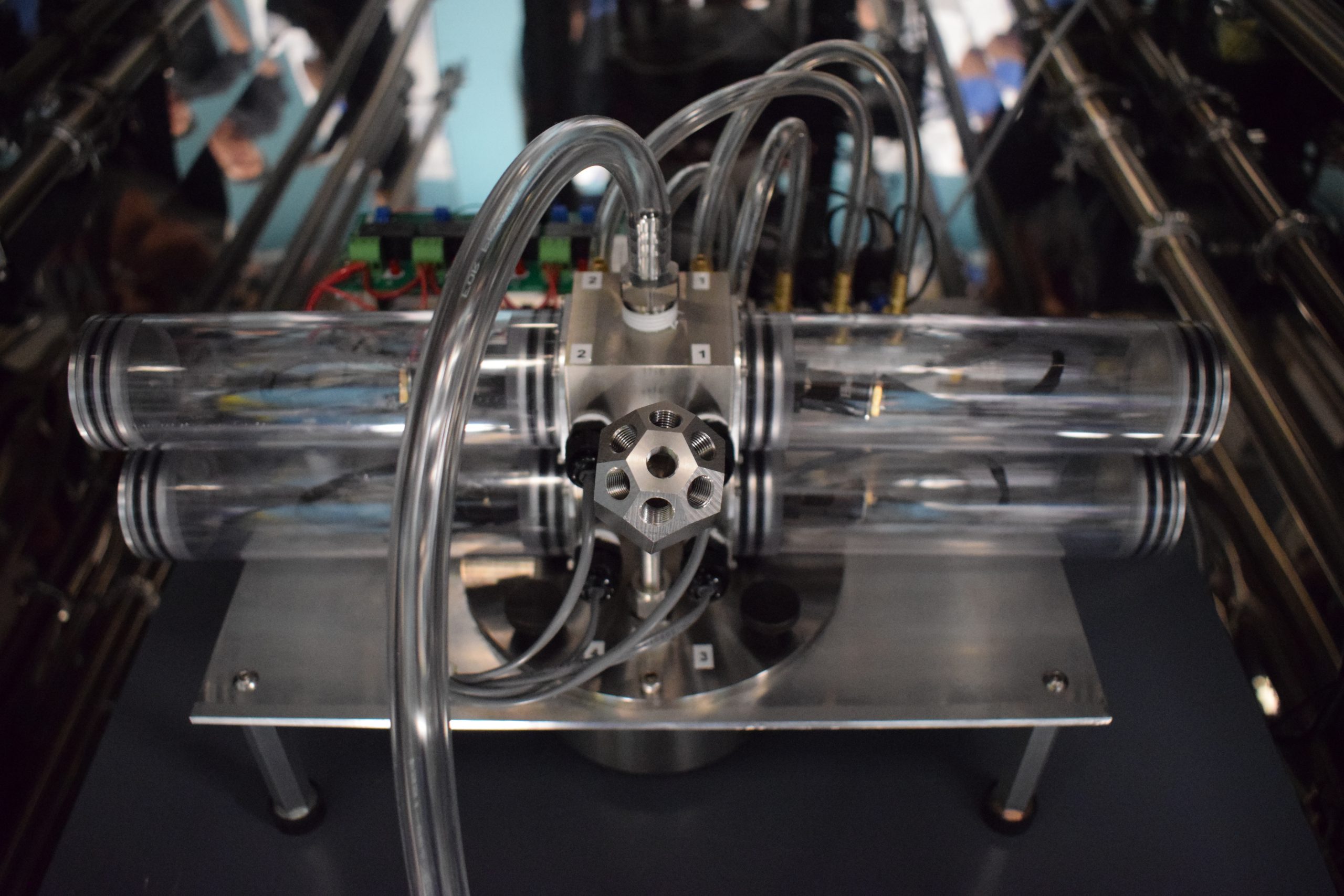
Chemical Insights
Understanding how chemical exposures affect human health, and how to reduce risks
Over 140,000 chemicals are used to make the products we use every day, but we only understand the health impact of approximately five percent.
There can be anywhere from 300 to 1,000 different volatile organic compounds (VOCs) in the air we breathe inside our homes and buildings. Many of these are known carcinogens or can be reproductive and neurodevelopment toxins, especially affecting our most vulnerable populations. Children are most sensitive to their effects because they breathe at a fast rate and have small bodies, hence they get higher doses of the chemicals per pound of body weight than adults.
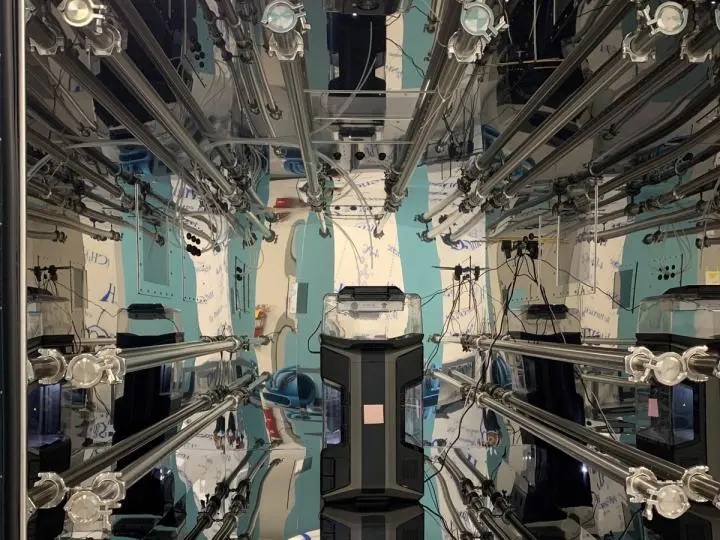
Specially designed exposure chambers measure chemical emissions from 3D printers, down to parts per trillion (ppt) levels
Studies are underway on the emissions released by operating 3D printers. Based on research results that showed this to be a health risk from exposure to ultra fine particles and many VOCs such as formaldehyde and styrene, CIRI engaged key stakeholders in the creation of a National Standard, CAN/ANSI/UL2904, to limit the number of hazardous VOCs that could be released from operating printers.
Youth vaping trends and health risks
Over the past two decades, the use of e-cigarettes — also called e-cigs, electronic nicotine delivery systems (ENDS), and vapes — has increased dramatically, especially among teens and young adults. Research links e-cigarette aerosols to serious health risks—even in nicotine-free products.
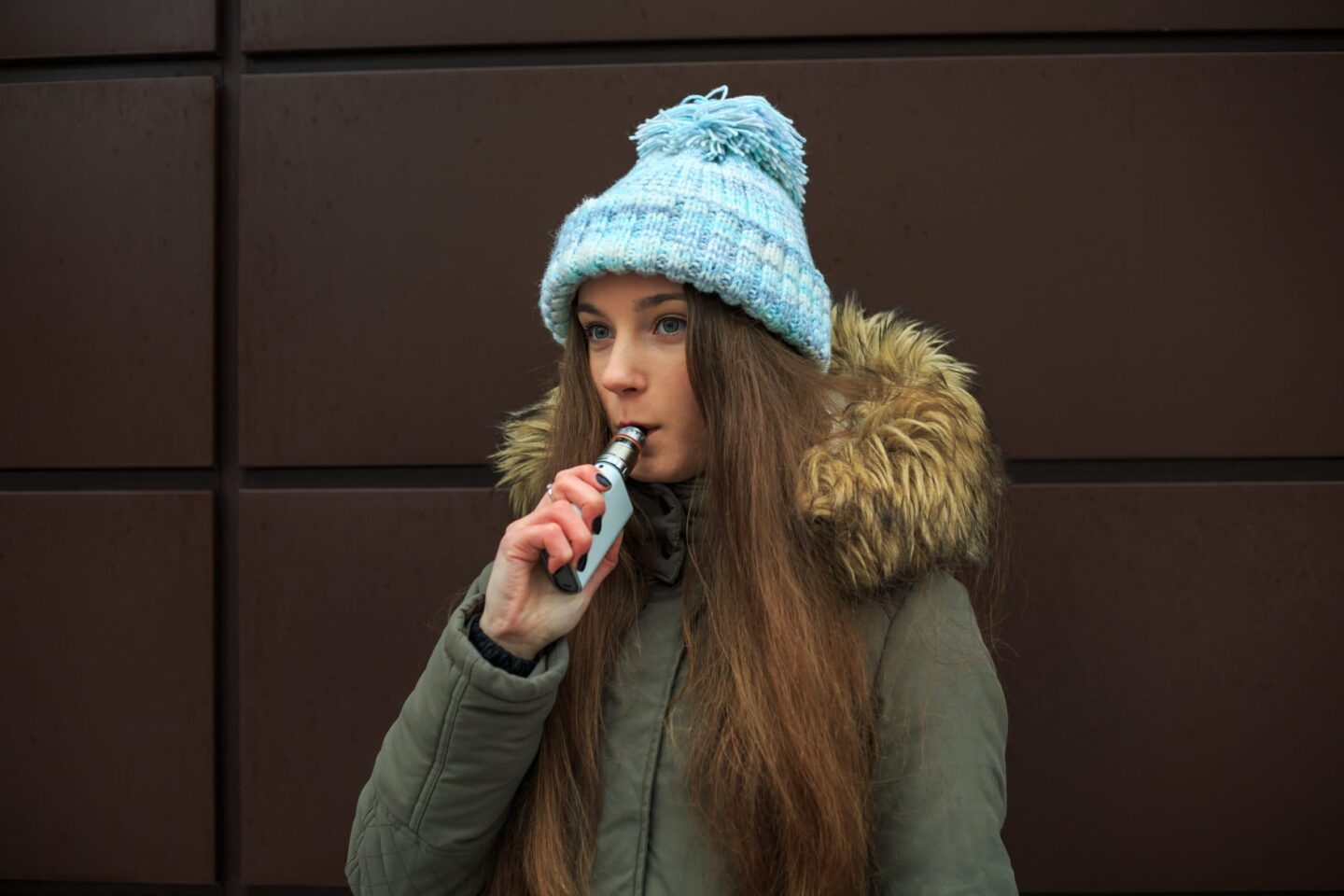

Characterizing PFAS exposure associated with textiles
Per- and polyfluoroalkyl substances (PFAS) are frequently added to clothing and interior furnishing materials to make them water-, soil-, and stain-resistant. They are used so extensively that the Centers for Disease Control and Prevention found that approximately 97 percent of the U.S. population has detectable levels of PFAS in their blood.
News & Featured Updates

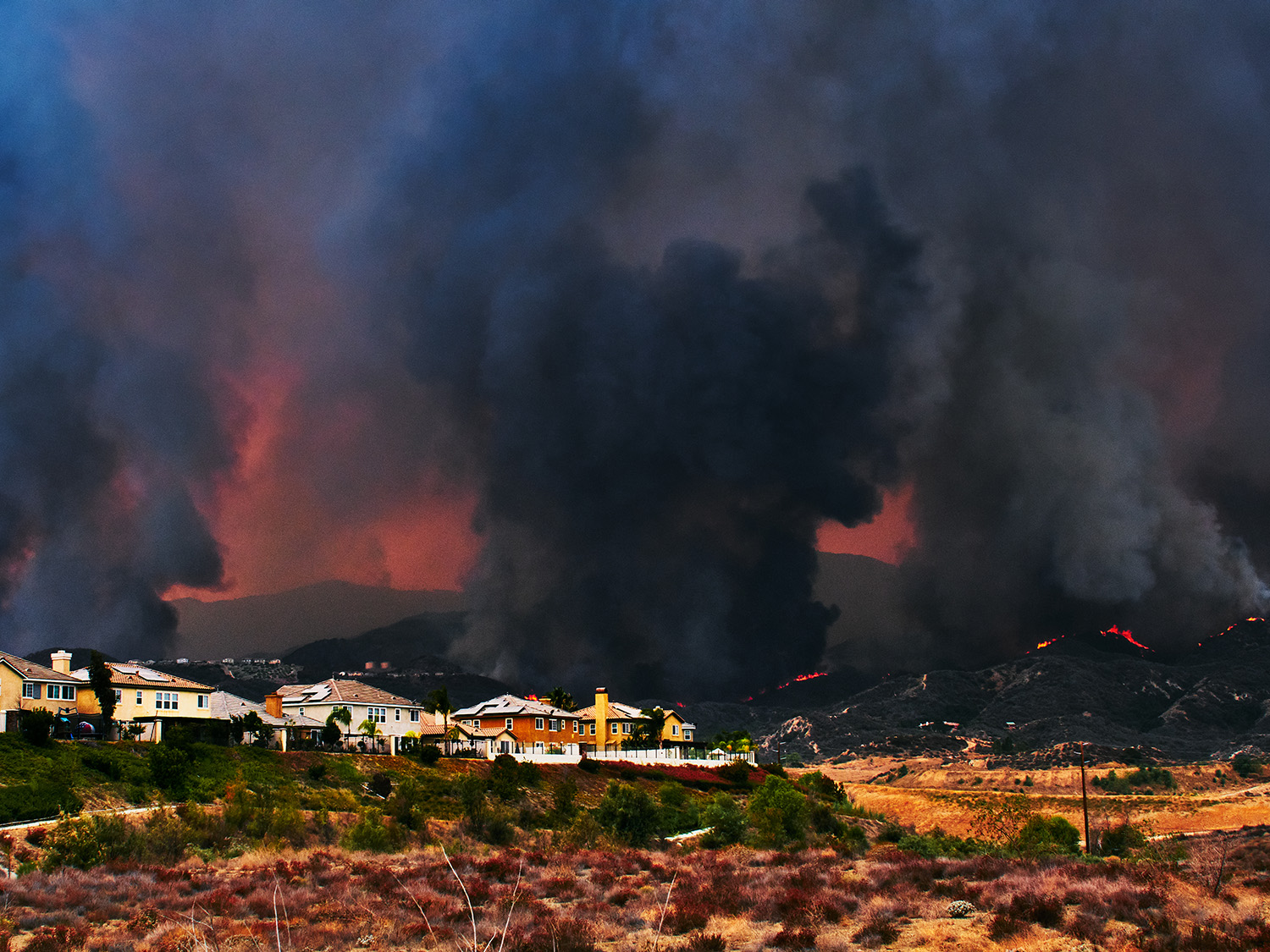
Science for a Safer, Healthier Tomorrow
Discover more vital research on chemical safety and environmental health from Chemical Insights Research Institutes. Stay informed with expert insights and resources to protect your well-being and promote a healthier world.
Stay informed
Sign Up for Insights
Stay informed with the latest emerging environmental health and safety research. Sign up for Chemical Insights Research Institute’s updates to receive cutting-edge insights, expert analyses, and actionable knowledge straight to your inbox.
By submitting this form, I am opting in to receive communications from UL Research Institutes (ULRI) containing news and updates about its work and initiatives. I understand that I can manage my preferences at any time and agree to ULRI’s online policies.
Partnerships
Everyone benefits when world-class institutions work together to take on big challenges. Join us.
Grants
We’re funding scientific research to make the world safer, healthier, and more sustainable. Learn about funding opportunities.
Careers
Work to make the world a safer place. Start a rewarding career at UL Research Institutes with other socially minded colleagues focused on innovation, collaboration, and ethics.
